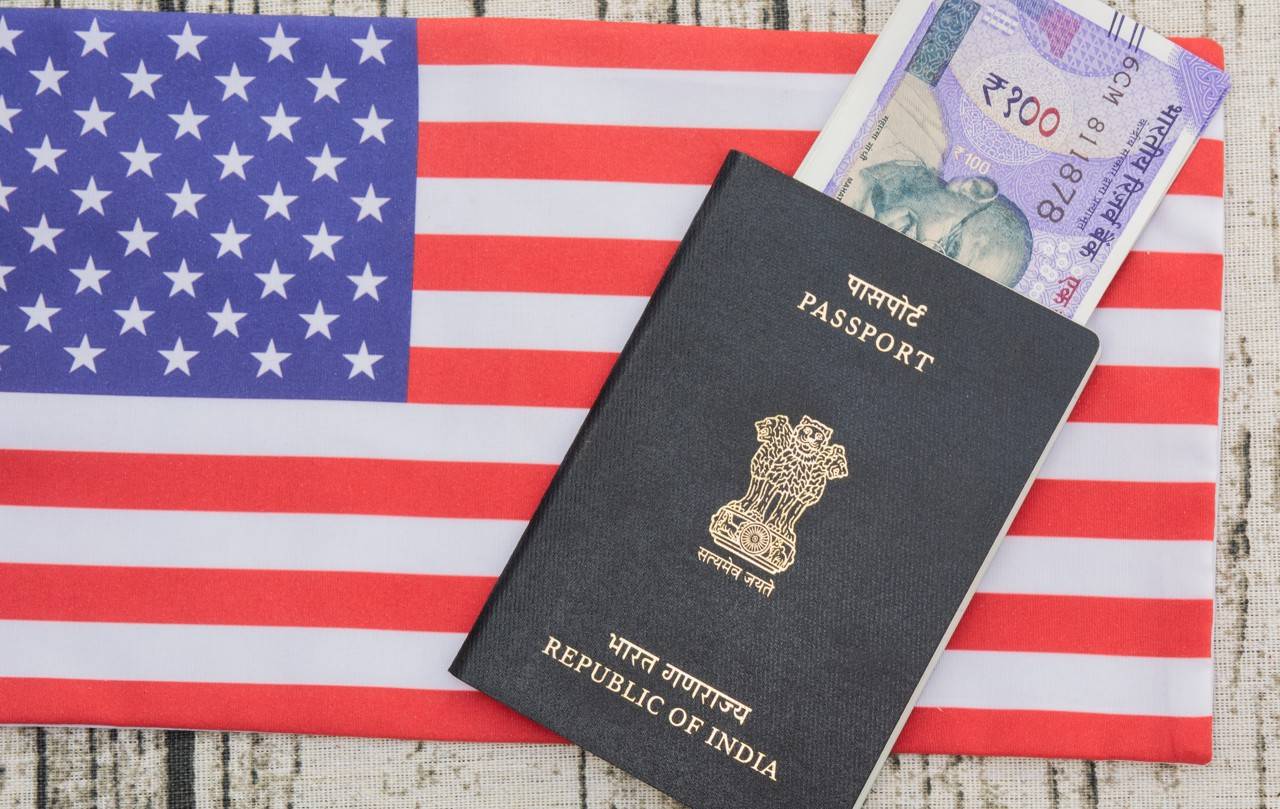as the Trump administration in the United States announced that it would raise the H-1B visa fee to a “sky-high price” of $100,000, visa policies are becoming increasingly tightened, and many Indians with the “American Dream” have to divert their destinations from the United States.
The sudden surge in visa fees has caused chaos in technology companies. According to CCTV International Times, citing US media, some companies have notified their employees not to travel and should be suspended if they have plans to go abroad because they are worried that the new regulations will make renewal or reapply for visas more complicated. Although the U.S. government later clarified that the new regulations only apply to new visas, the chaos shows the dilemma faced by U.S. companies.
This is a door that is turned away, and the other side of the ocean is open.
According to CCTV.com and First Financial News, the Japanese government has announced that it plans to introduce 50,000 Indian technical talents to work in Japan to fill the labor shortage in the fields of IT, engineering, etc. in Japan.
Japan is not an immigrant country, but due to the problem of less birth, the country faces a serious talent shortage. Statistics from the Ministry of Economy, Trade and Industry of Japan show that by 2030, Japan will have a labor gap of more than 6 million, with software engineers alone reaching 790,000.
India, as the world’s largest IT outsourcing country, has a large number of IT talents that Japan urgently needs.
It seems that the Indians’ “American Dream” may have to be realized in Japan.
After 12 years of hard work, Indian girl Anesa Gupta finally got an H-1B visa to the United States, but before she could even look forward to the future, she was poured with cold water by reality.
On September 19 local time, US President Trump suddenly signed an executive order to significantly reform the H-1B visa program, requiring applicants to pay $100,000 a year, otherwise they are not allowed to enter the country. Prior to this, the cost of H-1B visa was about $1,500 per year. In other words, the cost has soared by more than 66 times.
The so-called H-1B visa is a visa issued by the United States to foreigners engaged in professional and technical work. Usually only STEM talents are issued, namely science (Science), technology (Technology), engineering (Engineering), and mathematics (Mathematics). After obtaining an H-1B visa, holders can work in the United States for up to 6 years. If they can meet their needs in the future, they can be converted to a more advanced talent visa and even obtain permanent residence.
For decades, the H-1B visa has been regarded by Indians as the key to a new life in the United States, giving them the opportunity to work here and eventually settle down.
Currently, the United States issues approximately 85,000 H-1B visas every year. Among them, Indians obtained the largest number of H-1B visas, accounting for more than 70% of the total number of issuances. They have also become the group that has been most affected by the new visa policy.
Anisa has a degree in engineering. She has been applying for an H-1B visa since 2013, and she experienced family changes and her elderly mother had to take care of her.
It was finally easy to get a visa, but as Trump was elected as President of the United States this year, an anti-immigration atmosphere permeated American society. Some local hardliners believe that the H-1B visa program has harmed Americans’ interests and robbed Americans of their jobs.




